At Angel Aviation, we believe that cross-country flight planning is more than a paperwork exercise — it’s a mindset. Whether you’re navigating the wide-open skies of Arizona or the mountainous terrain of Alaska, planning your route with precision, foresight, and safety in mind is what turns a student into a real pilot.
If you’re preparing for your Private Pilot License (PPL) checkride, this guide breaks down everything our instructors want you to master to ace the cross-country section with confidence and skill.
Why Cross-Country Planning Matters at Angel Aviation
Flight planning is where real aeronautical decision-making begins. It’s about more than lines on a sectional — it’s about thinking through your entire flight from takeoff to landing. The FAA’s Airman Certification Standards (ACS) require you to plan a complete cross-country using real weather, real performance numbers, and real-time decision-making. At Angel Aviation, we train you to do it just like you’ll do it as a certificated pilot.
The Planning Process: Step-by-Step
Here’s how we teach cross-country planning at Angel:
1. Pick Your Route
You’ll plan a VFR cross-country flight over 50 NM from your home airport. Choose checkpoints wisely — prominent landmarks, easy to identify from the air, and well-spaced.
Pro Tip: Use rivers, highways, railroads, and distinctive terrain changes. Avoid relying on small towns or hard-to-spot features.
2. Weather and Go/No-Go
Use real-time weather to decide: Is it safe? Are conditions VFR along the entire route?
Required Tools:
- METARs/TAFs
- Area Forecasts (if applicable)
- Winds Aloft
- AIRMETs/SIGMETs
- Radar and Satellite
At Angel, you’ll brief your instructor using both ForeFlight and traditional tools — be ready to do the same with your examiner.
3. Aircraft Performance and Weight & Balance
Use your POH to calculate:
- Takeoff and landing distances
- Fuel burn
- Climb performance
- Weight and balance (including pilot, passenger, baggage, and fuel)
Angel Tip: Show your math and explain your margins. DPEs love to see thoughtful reasoning, not just answers.
Mastering Navigation Tools
Your DPE will expect you to demonstrate a mix of old-school and modern planning techniques.
Sectional Charts
- Understand airspace, obstacles, terrain, and controlled airports.
- Know how to identify special use airspace, MOAs, and TFRs.
Flight Log
Fill out your Nav Log by hand. Include:
- Course
- Distance
- Estimated time en route (ETE)
- Estimated fuel burn
- Frequencies and altitudes
Use ground speed calculations based on winds aloft to complete your log.
Dead Reckoning + Pilotage
Your checkride may involve pilotage and dead reckoning — flying by visual references and timing.
Practice Tip: On your solo flights, use each leg to practice identifying checkpoints exactly when your flight log says you should.
Know Your Airspace
Expect questions like:
“Will you need to contact ATC on this route?”
Understand:
- Class B, C, D, E, and G airspace
- VFR weather minimums
- Airspace entry requirements
At Angel Aviation, we simulate radio calls in class and during your flights so you’re fluent and confident.
Fuel Planning & Diversion Scenarios
Fuel planning isn’t optional — it’s FAA-required and real-world critical.
- Know the minimum VFR fuel requirement: 30 mins (day) / 45 mins (night) reserve.
- Be prepared to divert. Your DPE might say, “Your destination is now IFR — where would you go?”
🛬 Angel Strategy: Always pick an alternate, even if it’s not required. Think about fuel, services, and weather trends.
Checkride Scenario Practice at Angel
We build scenario-based training into every dual cross-country. Your instructor may quiz you mid-flight:
“Let’s say weather is deteriorating at your destination — what are your options?”
“ATC reports a temporary TFR ahead — how do you re-route?”
These are the same types of questions your DPE will ask — and the ones that show you’re ready to be PIC.
Digital Tools We Train With
At Angel Aviation, we want you proficient in both paper and tablet. That’s why we use:
- ForeFlight (mandatory for all students)
- Garmin Pilot
- SkyVector
- VFR Flight Planning Worksheet (included in your student binder)
You’ll plan with digital tools, but be able to explain it old-school — because your examiner might ask.
Cross-Country Success Checklist
Route chosen with visual checkpoints
Weather briefing completed and documented
Performance calculations with margins
Weight & balance within limits
Airspace review complete
Nav Log filled out accurately
Fuel planned with reserve
Alternate route considered
Diversion strategies ready
Final Thoughts from Angel Aviation
At Angel Aviation, we don’t teach you to memorize — we teach you to think. Cross-country planning isn’t about perfect lines or flawless math; it’s about preparing for the unexpected and staying ahead of the airplane. Whether you’re flying over flat desert or snowy mountains, your preflight planning is the backbone of safe flying.
Ask questions, practice often, and lean on your instructors. You’ve got this.
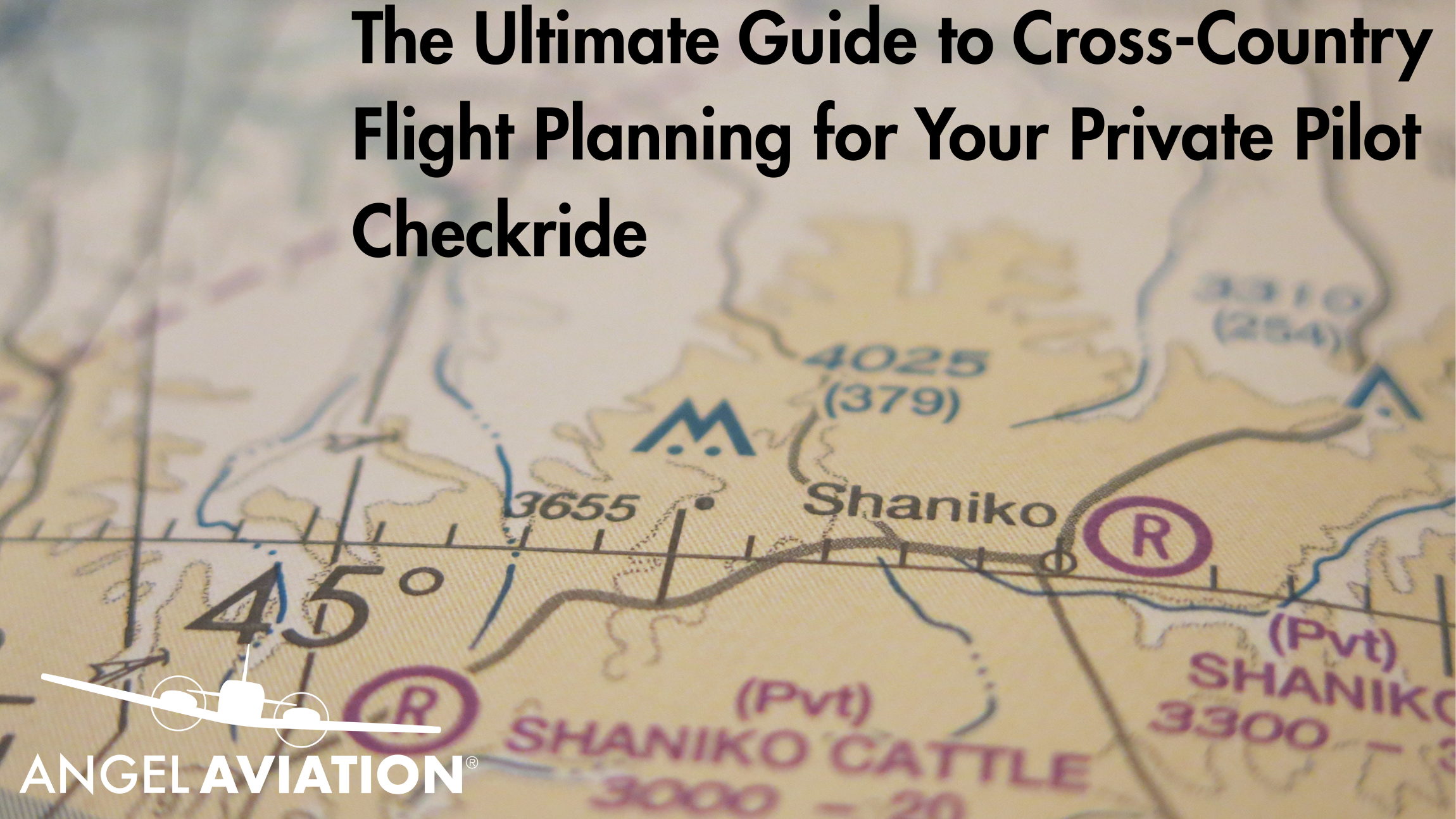
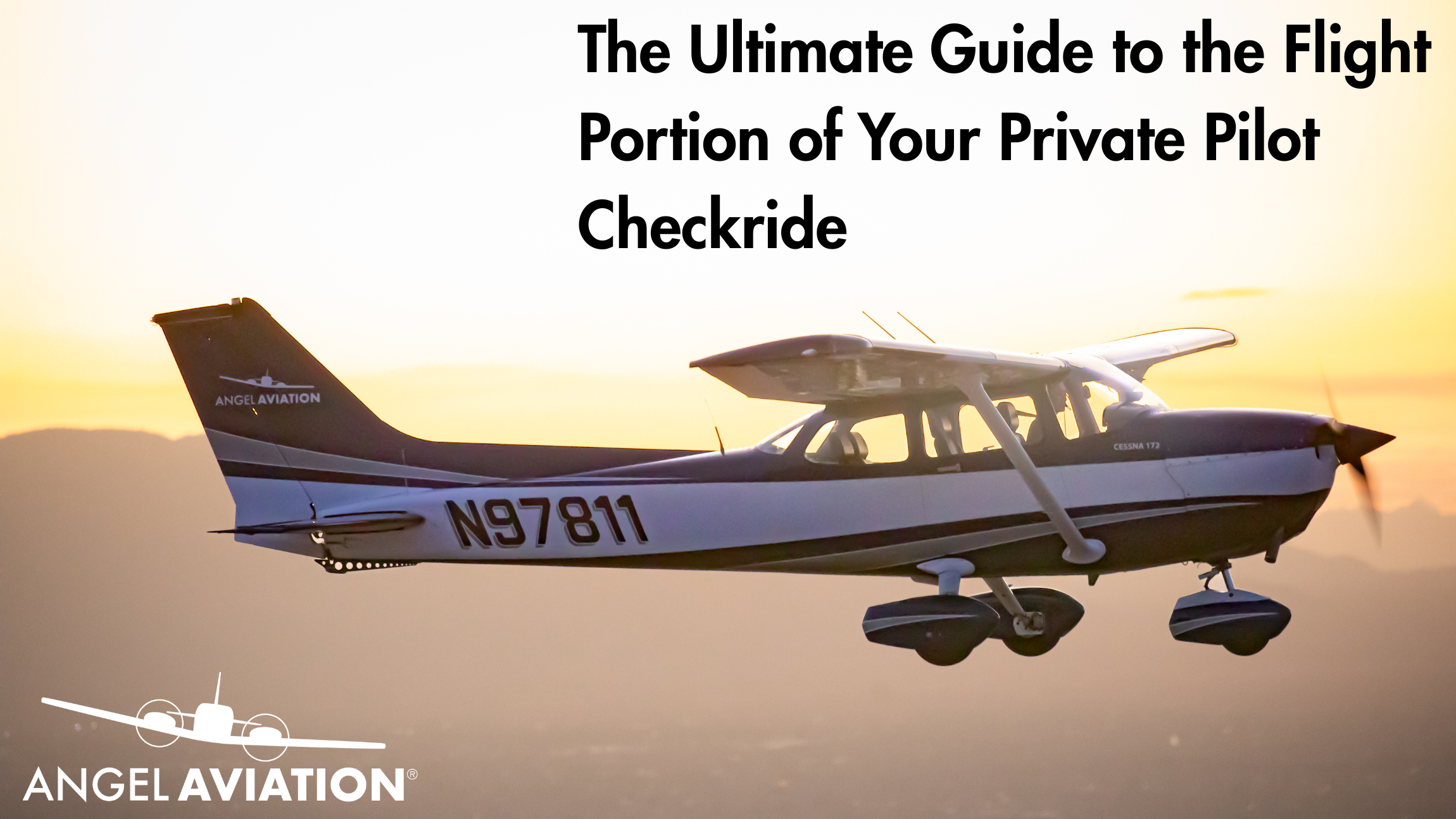
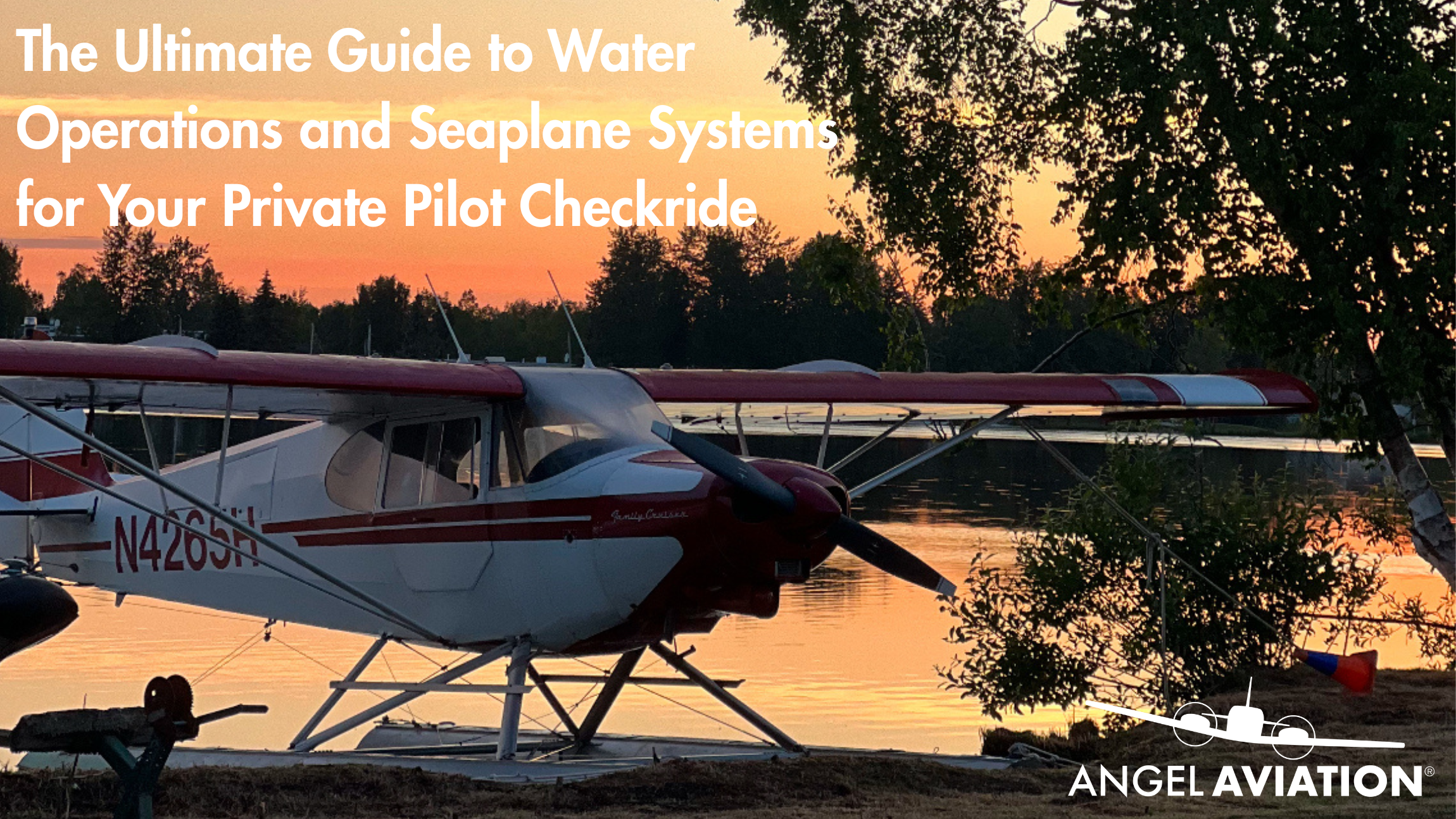

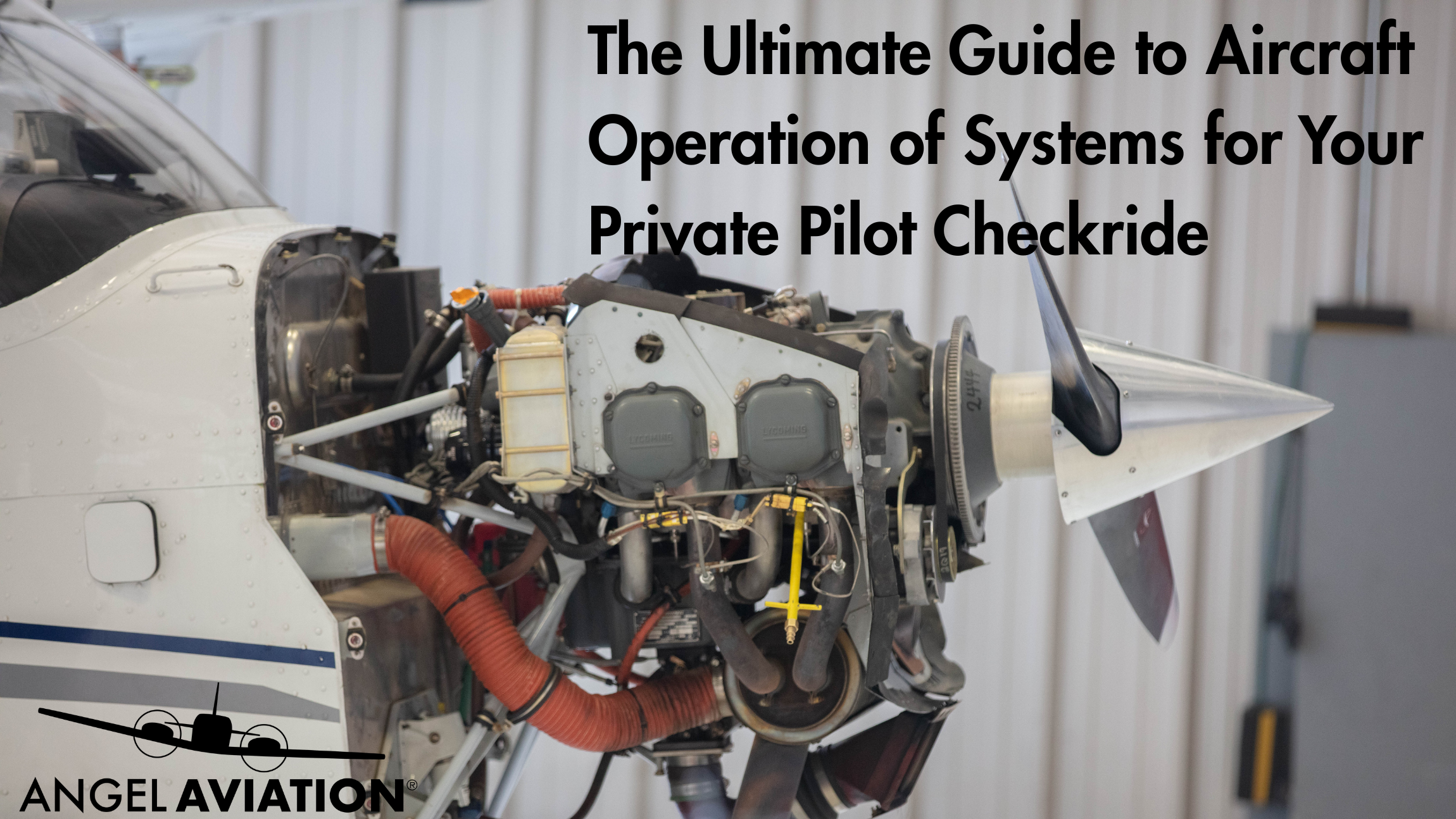
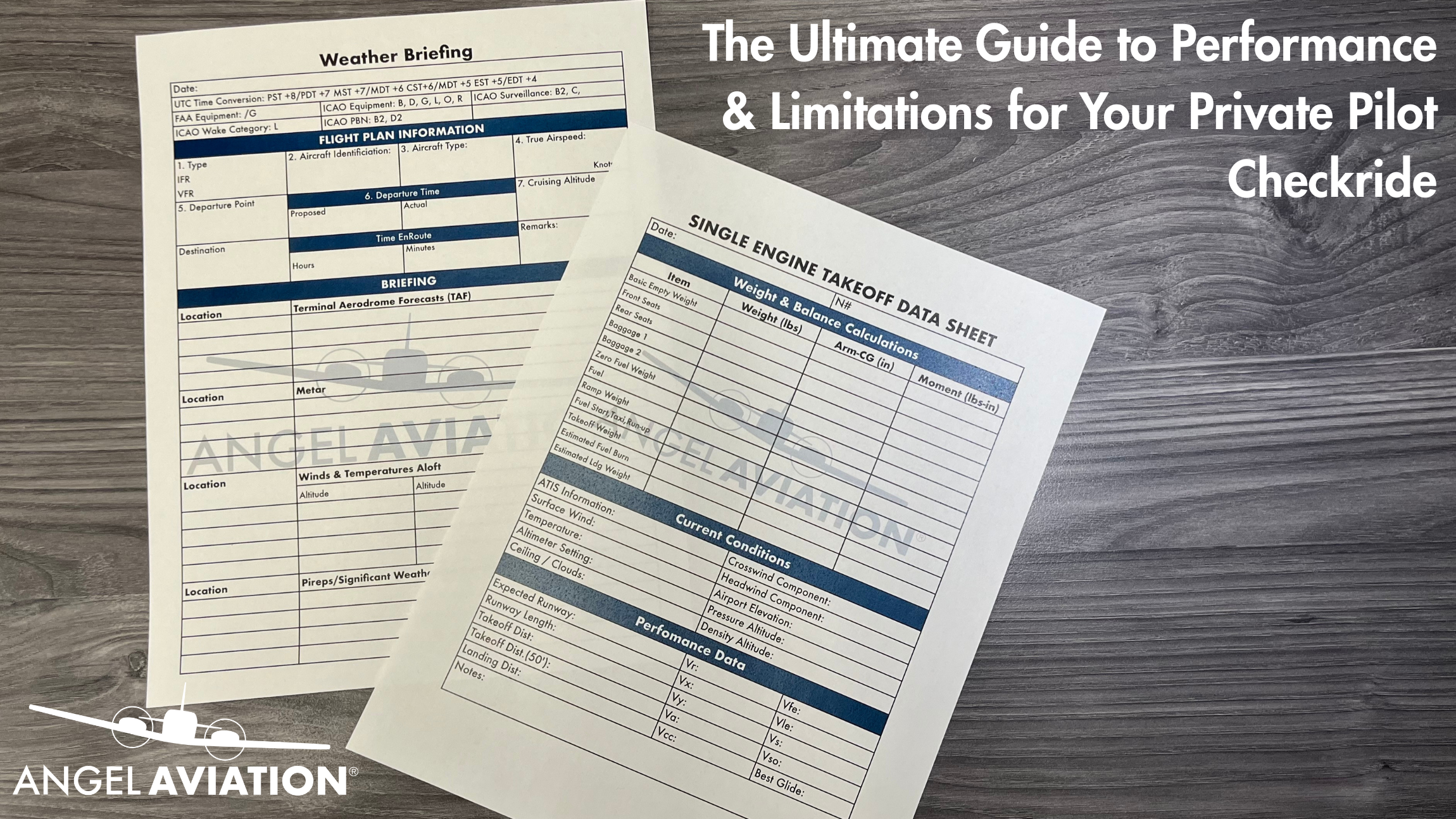
Leave A Comment